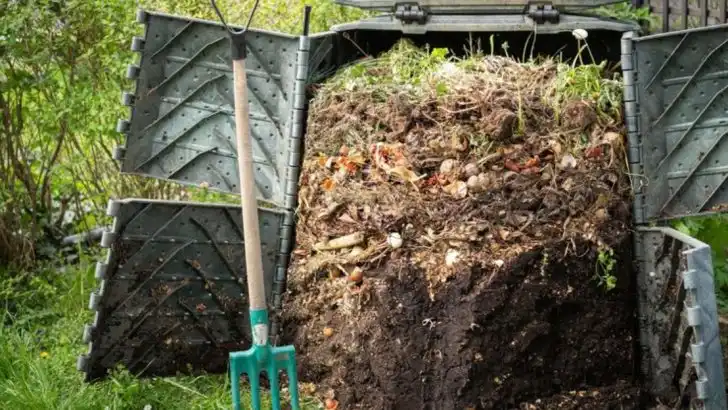It didn’t start with a grand plan — just a few raised beds, a couple of herbs, and a curiosity about where my food really came from. But over time, that curiosity turned into a passion, and that passion became a backyard garden capable of feeding my family through nearly every season.
In this personal story, I’ll share how I went from total beginner to nearly self-sufficient in just three years, using only the space behind my house. From the mistakes I made early on, to the game-changing techniques that made all the difference, this journey shows what’s possible with a bit of dirt, time, and stubborn determination.
You don’t need a farm — just a backyard and a reason.
The Power of Composting
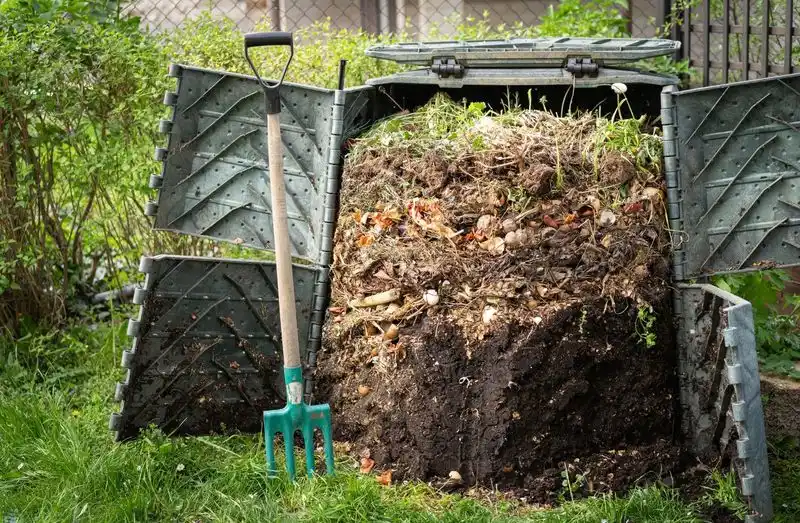
Every great garden starts with healthy soil, and composting was my key to achieving just that. The transformation of kitchen scraps and garden waste into rich, black gold invigorated my plants with essential nutrients.
Composting reduced my household waste significantly, allowing me to recycle organic materials instead of sending them to a landfill. It became a fulfilling cycle of life and decay, directly benefiting my garden’s productivity.
By making composting a regular part of my routine, I was able to cut down on the need for chemical fertilizers, keeping my garden organic and sustainable.
Vertical Gardening Techniques
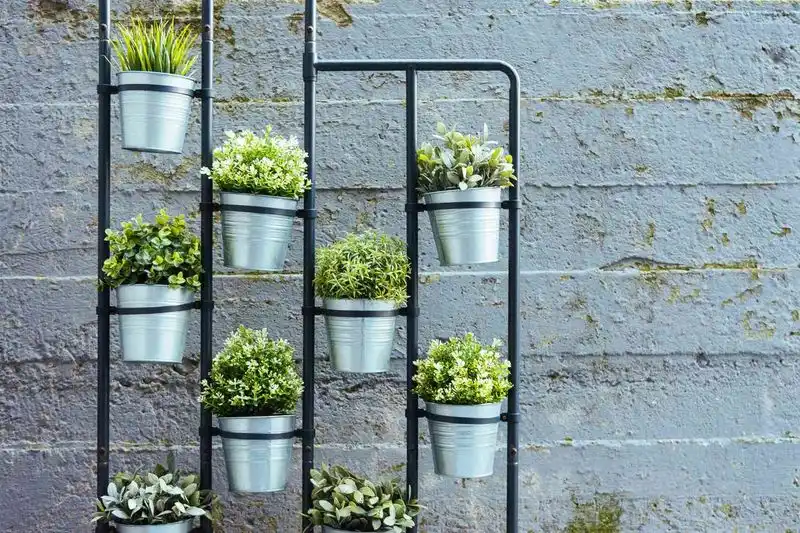
Limited space didn’t hinder my gardening ambitions, thanks to vertical gardening. I utilized walls and fences to grow tomatoes, peas, and other climbers, maximizing every square inch.
This approach not only saved space but also made harvesting simpler and more efficient. It was a joy to see my plants reaching for the sky, healthy and vibrant.
Vertical gardening proved to be a clever solution for urban gardeners or anyone working with a confined area. It encouraged me to think creatively about how to use my available space.
The Chicken Coop Project
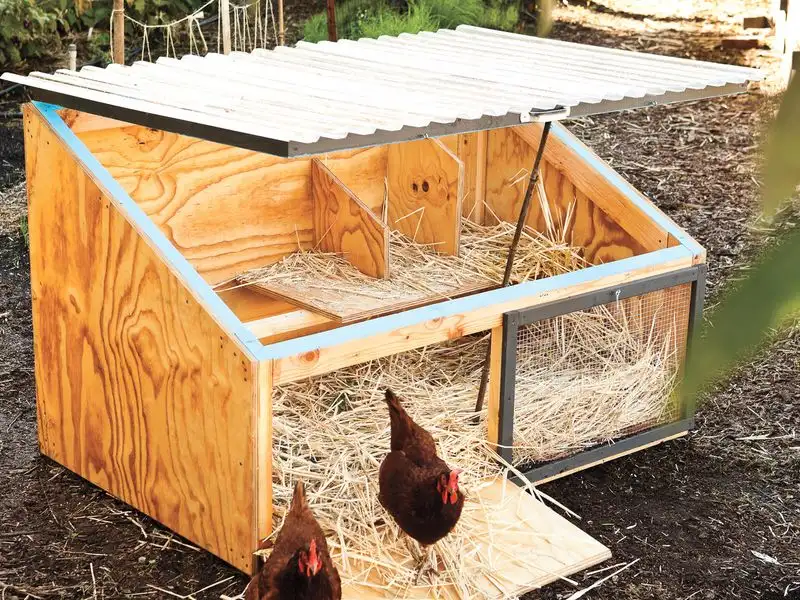
Raising chickens provided fresh eggs and natural pest control. The coop became an integral part of my backyard ecosystem, with chickens happily pecking around.
The fresh eggs were a delightful addition to my diet, and the chickens’ presence kept insects in check. Plus, they produced manure that enriched my compost pile.
The experience of tending to chickens fostered a deeper connection to my food sources. It was rewarding to witness how these feathered friends contributed to my self-sufficient lifestyle.
Herb Spirals and Their Magic
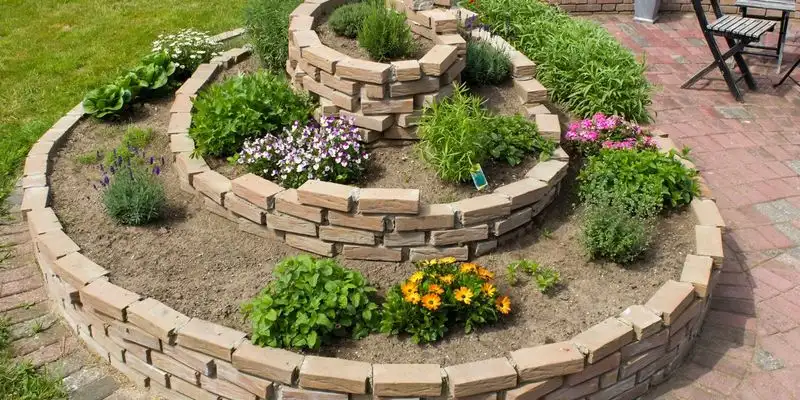
Herb spirals introduced elegance and efficiency to my garden, allowing multiple herbs to thrive in a compact space. The spiral design created microclimates, perfect for different plants.
This innovative structure added an aesthetic charm while making harvesting convenient. Growing herbs like basil, mint, and cilantro became a delightful sensory experience.
Implementing herb spirals inspired me to experiment with garden design, leading to a more organized and productive space. They became an essential feature of my gardening toolkit.
Rainwater Harvesting System
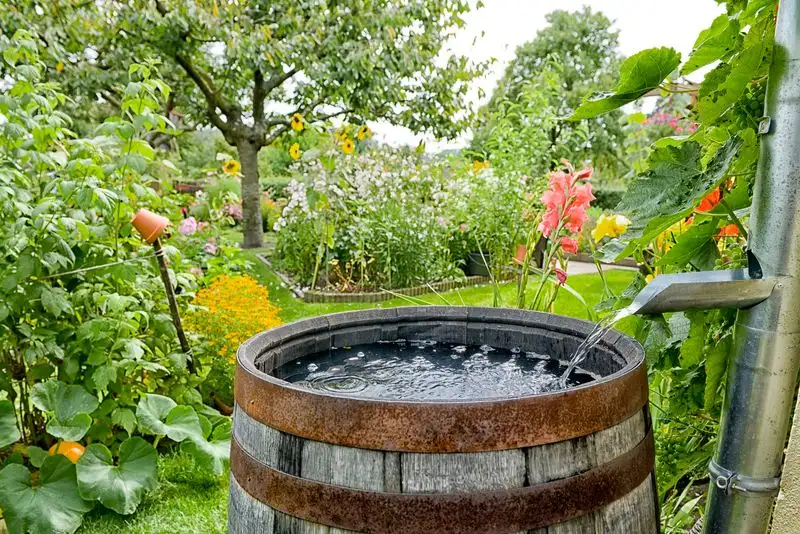
Conserving water was vital, and my rainwater harvesting system made it possible. By collecting rain in barrels, I provided a sustainable water source for my garden.
This eco-friendly practice reduced my reliance on municipal water, aligning with my commitment to sustainability. It was satisfying to see nature’s gift utilized efficiently.
The system also served as a backup during dry spells, ensuring my plants thrived year-round. It was a small investment with enormous returns for my self-sufficient journey.
Companion Planting Success
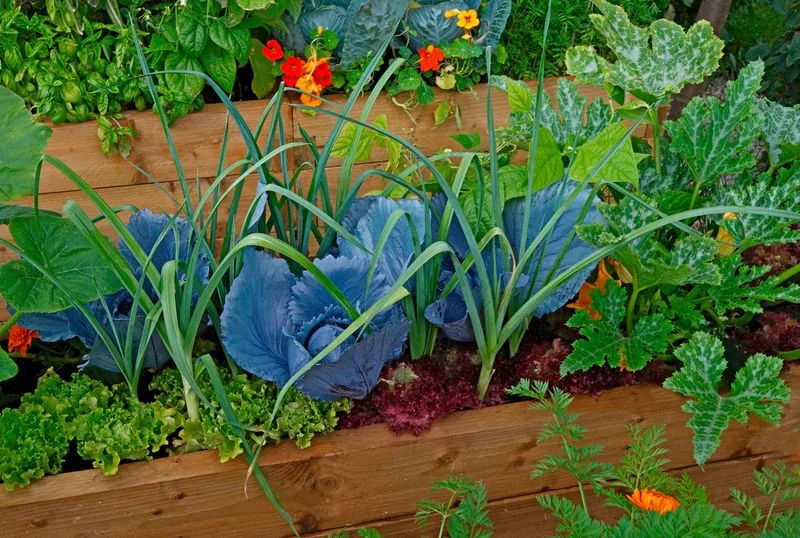
Companion planting was like matchmaking for my plants, fostering symbiotic relationships that boosted growth and deterred pests. Tomatoes thrived alongside basil, creating a harmonious environment.
This strategy enriched the soil and improved the health of my garden, reducing the need for chemical interventions. The results were evident in the vibrant produce.
Experimenting with different plant combinations opened my eyes to nature’s wisdom, enhancing both beauty and productivity in my garden.
Fruit Trees for Abundance
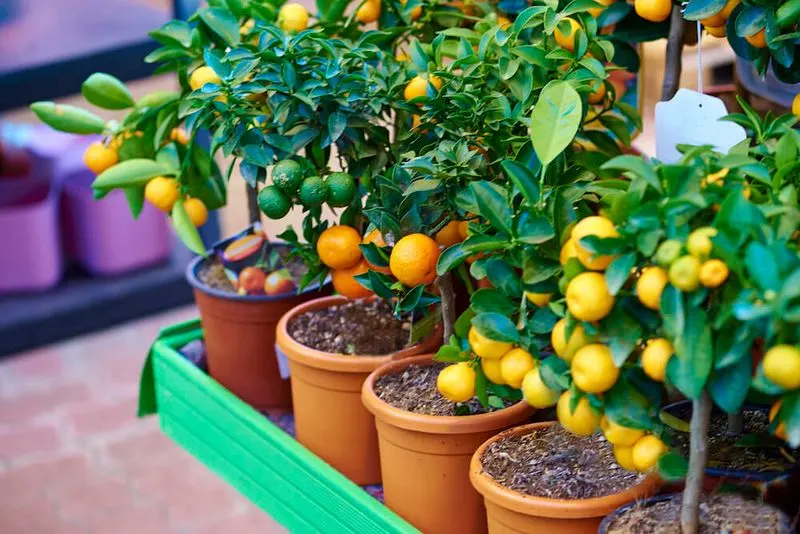
Fruit trees became the backbone of my garden’s bounty, providing fresh produce season after season. Apples, peaches, and pears thrived, transforming my space into a mini orchard.
The trees offered shade and habitat for wildlife, adding layers of biodiversity. Harvesting fruit was a family affair, creating cherished memories.
Planting fruit trees was a long-term commitment that paid off in delicious dividends. They became a symbol of patience and reward in my self-sufficiency journey.
The Joy of Beekeeping
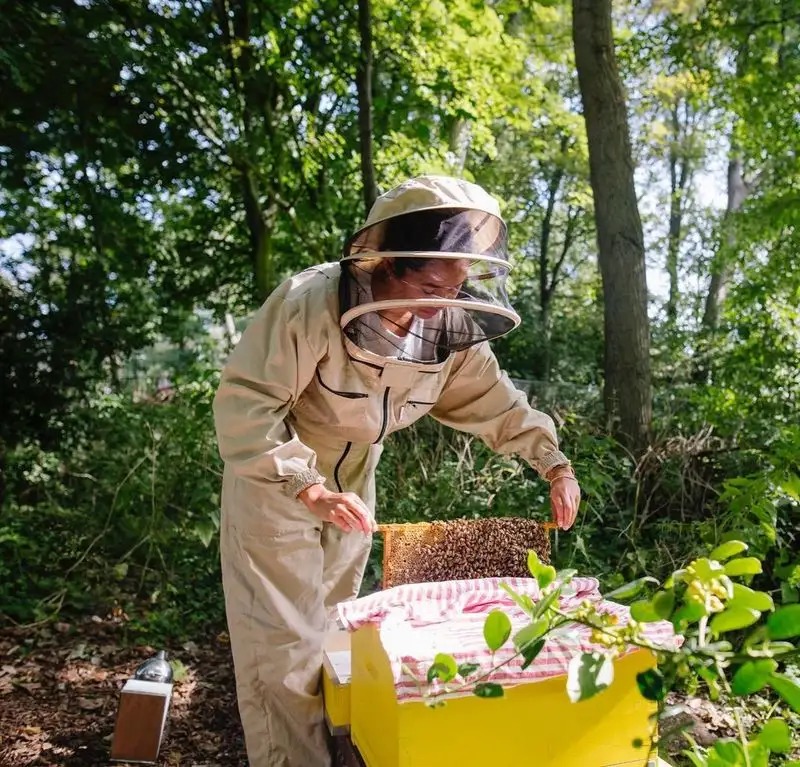
Beekeeping added a buzz of excitement to my garden, with bees playing a crucial role in pollination. Their presence increased the yield of my flowers and vegetables.
Harvesting honey was a sweet bonus, offering a natural sweetener and a taste of self-reliance. The bees became partners in my gardening efforts.
Working with bees deepened my appreciation for these industrious insects and their vital role in the ecosystem. It was a fulfilling and educational experience.
DIY Greenhouse Adventures
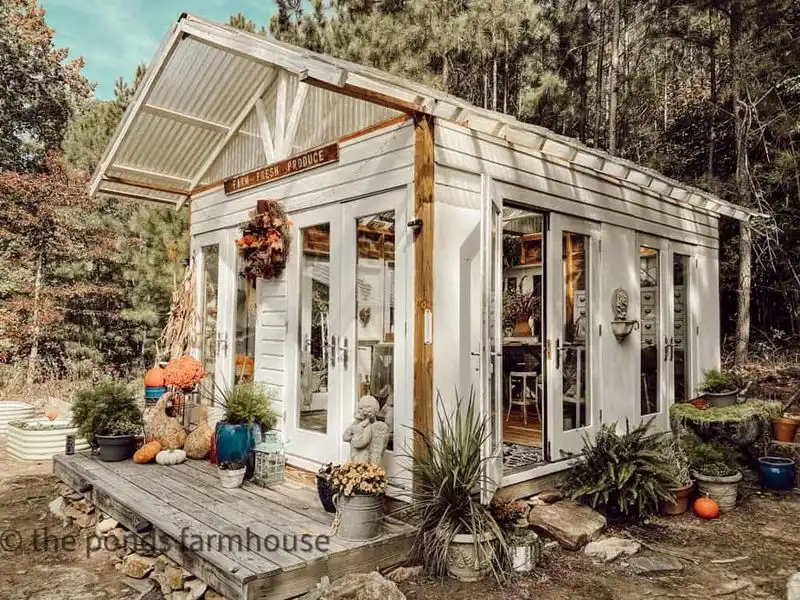
The greenhouse was my sanctuary, extending the growing season and protecting tender plants from harsh weather. It allowed me to cultivate a wider variety of produce.
Building it myself was both a challenge and a triumph, turning a simple structure into a powerhouse of productivity. It was a place of experimentation and growth.
The greenhouse enabled me to enjoy fresh produce even in colder months, enhancing my self-sufficiency strategy. It became a cherished extension of my garden.
Crop Rotation Benefits
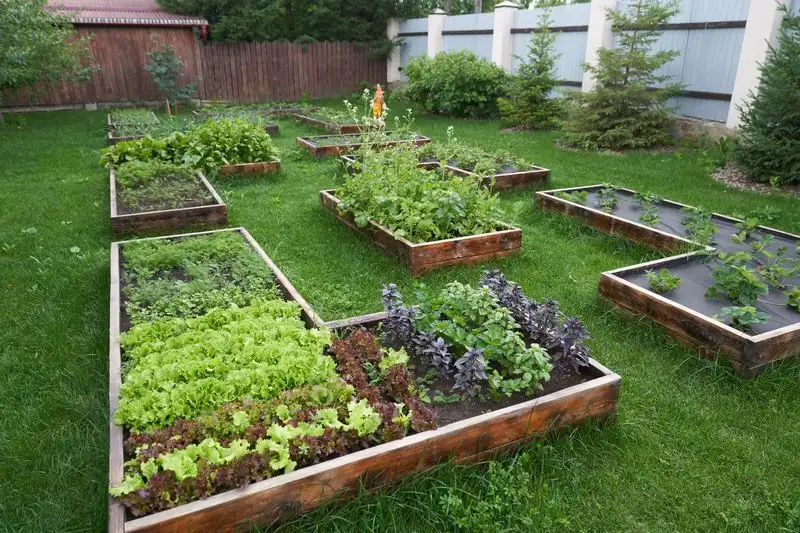
Crop rotation was the secret to maintaining healthy soil and abundant harvests. By rotating crops each season, I prevented soil depletion and minimized pest outbreaks.
This practice kept my garden thriving, with each plant group contributing to the soil’s fertility. It was a strategy rooted in traditional wisdom.
Planning rotations encouraged me to be mindful and deliberate in my gardening, ensuring sustainability and resilience in my pursuit of self-sufficiency.

